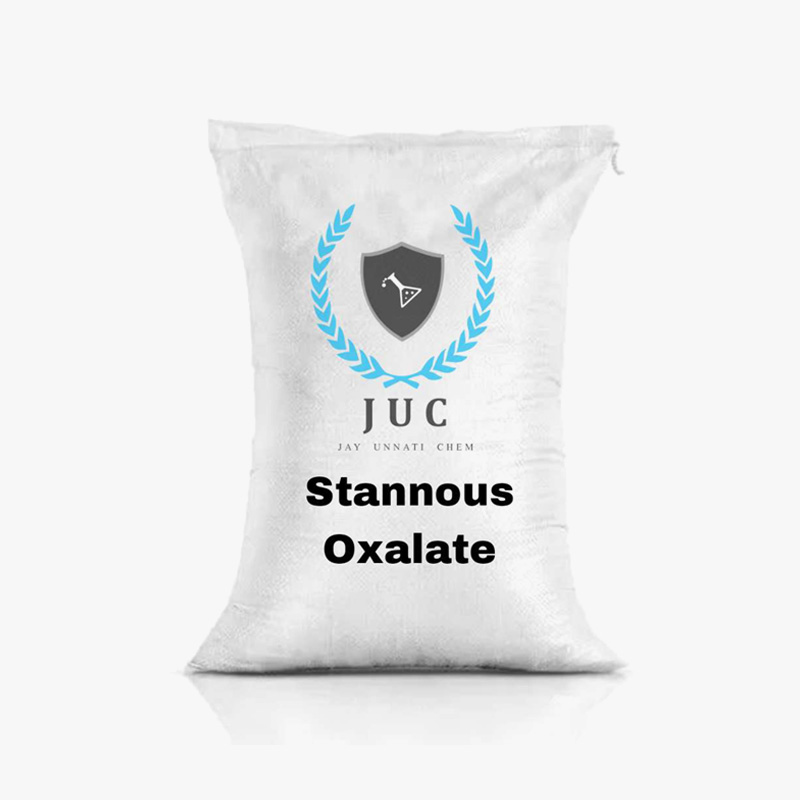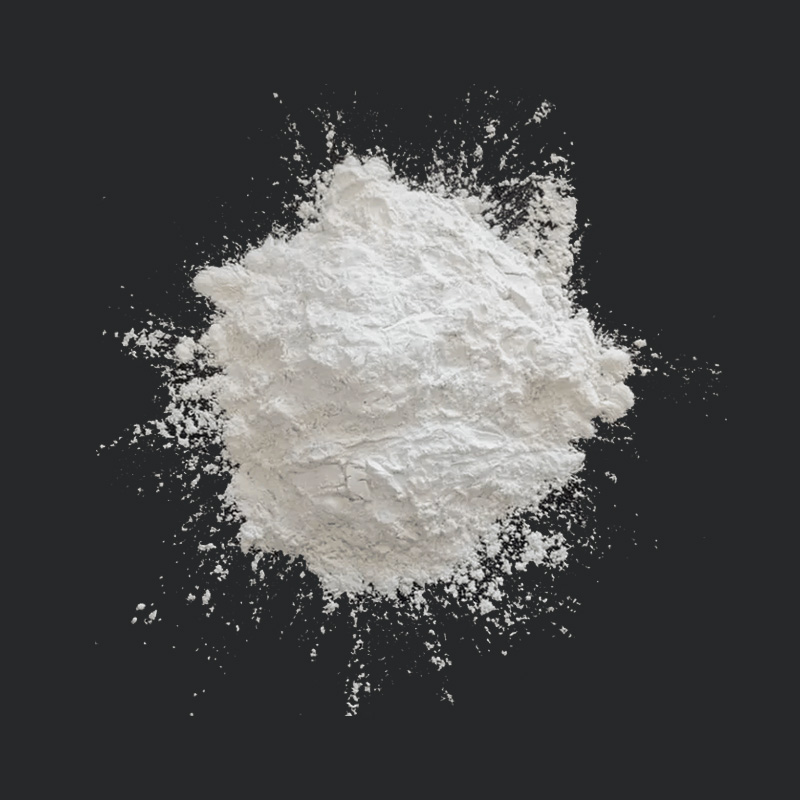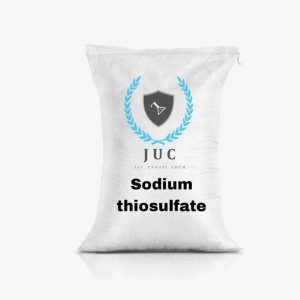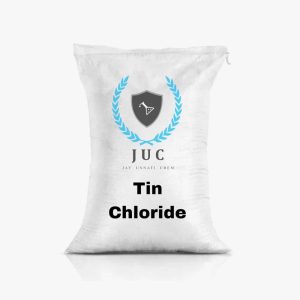Stannous oxalate (SnC₂O₄) is an inorganic compound formed from tin in its +2 oxidation state and oxalate ions. It appears as a white or slightly yellow crystalline powder that is sparingly soluble in water but dissolves in acidic solutions. This compound is an important material in various scientific and industrial applications due to its unique properties. Chemical Structure and Properties The molecular structure of stannous oxalate consists of a tin(II) ion coordinated to oxalate ions, which act as bidentate ligands. This coordination imparts stability to the compound. Stannous oxalate is thermally stable up to a certain temperature, beyond which it decomposes to release carbon dioxide, forming stannous oxide (SnO). Its insolubility in water and organic solvents makes it useful as a precursor in solid-phase reactions. Synthesis Stannous oxalate can be synthesized by reacting stannous chloride (SnCl₂) with oxalic acid (H₂C₂O₄) in aqueous or alcoholic media. The reaction typically involves precipitation of the stannous oxalate as the product: SnCl2+H2C2O4→SnC2O4+2HCl.The purity of the compound can be controlled by optimizing reaction conditions such as temperature, concentration, and pH. Applications Catalysis: Stannous oxalate is used as a precursor for tin-based catalysts in organic synthesis. Its decomposition products, such as stannous oxide, serve as active catalytic agents in oxidation and polymerization reactions. Material Science: It is employed in the preparation of tin-based ceramic materials and electronic components. Analytical Chemistry: Stannous oxalate acts as a reducing agent in certain chemical analyses due to the reducing properties of tin(II).Pharmaceuticals: Research has explored its use in drug formulations, particularly for its reducing and chelating properties. Safety and Handling While stannous oxalate is generally stable, it should be handled with care as it may release toxic fumes when heated or decomposed. Adequate ventilation, personal protective equipment, and proper storage conditions are recommended to ensure safe handling. In summary, stannous oxalate is a versatile compound with applications spanning chemistry, materials science, and industry, making it a valuable material for specialized uses.
Stannous Oxalate
| Synonyms : | Tin Oxalate/Oxalic Acidtin |
| Cas No : | 814-94-8 |
| Formula : | C2O4Sn |
| Hsn Code : | 29319080 |
| Form : | Power |
| Molecular Weight : | 206.73 g/mol |
| Melting Point : | 368.47 °C |
| Boiling Point : | 413.5 °C |






Reviews
There are no reviews yet.